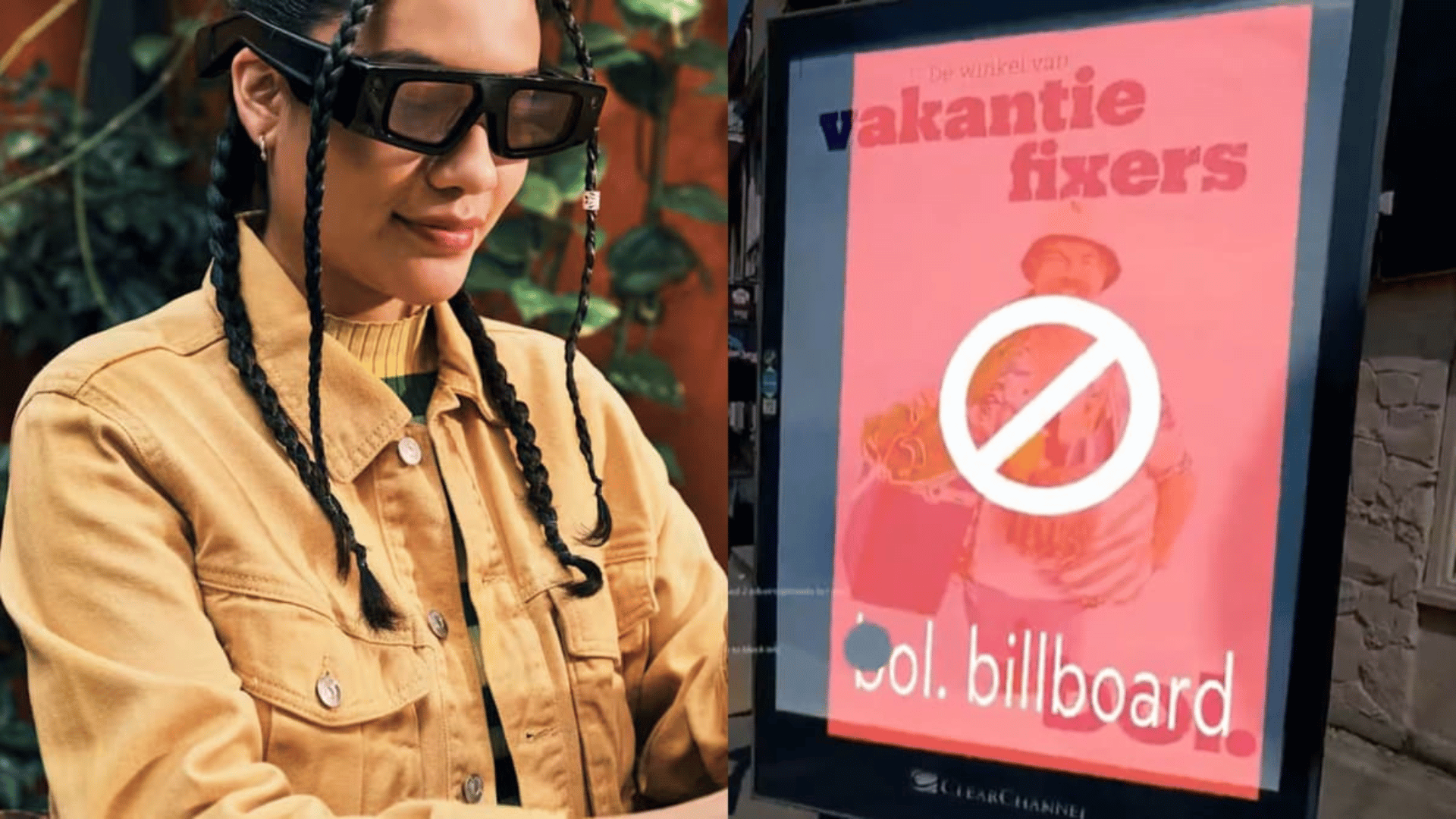Explore Tomorrow's World From Your Inbox
Get the latest science, technology, and sustainability content delivered to your inbox.
I understand that by providing my email address, I agree to receive emails from Tomorrow's World Today. I understand that I may opt out of receiving such communications at any time.
For California-based company SpaceX, 2017 was a banner year. The company, founded in 2002, created and launched their own rockets and spacecraft, with “the ultimate goal of enabling people to live on other planets,” according to their website. A grand total of 18 missions were held in 2017, the last of which (the Falcon 9 rocket) was launched on December 22nd. Despite being launched from the Vandenberg Air Force Base, it was visible 400 miles away in Yuma, Arizona by photographer Jesse Watson.
Watson used a combination of four cameras, five lenses, Google Maps, and map-based sun and moon calculator to get time-lapse photos of the rocket’s launch. He later compiled the images into a short video, which can be viewed below. Watson’s goal was to “capture comprehensive footage of the spectacle,” which left California residents unaware of the launch calling it a UFO.
SpaceX started 2017 at a low point, with no rocket launches under their belt since September 1, 2016–a launch that was a disaster with the Falcon 9 rocket exploding on the launch pad. However, after 2017’s first successful launch on January 14, it ended up being a remarkable year–not just in the number of launches but also in their technology. According to The Verge, SpaceX has been working for years on a way to land their rockets after launch to reuse the vehicles. In 2017, they attempted to land and retrieve 14 of their launched rockets, and all stuck their landings and were recovered. This resulted in one of the few rockets to have been flown twice.
On the commercial side of things, SpaceX found one of its most lucrative and powerful customers: the United States government. SpaceX was tasked with launching the X-37B spaceplane and had the honor of launching the “first national security payload of 2017.” They were also to host flight tests for NASA’s Commercial Crew Program, but they were pushed back until this year.
2018 is looking to be another busy year as well. The first tests for the Falcon Heavy (a larger, heftier version of the Falcon 9) were scheduled for January 6. According to SpaceX CEO Elon Musk, two tourists will be flown around the moon by the year’s end. He also boasts advancements towards his long-term goal of creating a colony on Mars, which now also includes a settlement on the Moon.
While Musk’s bold claims still remain a point of contention, what is undeniably is the success SpaceX has had over the past 12 months. There were, admittedly, a few missteps, but it still showcased a bright future for the company that will continue into the new year. It will also continue to light up the skies around California and Florida, something that Watson will likely attempt to cover after the success of his first time lapse. “I wanted to capture this amazing spectacle in a fashion that I haven’t seen previously, as most of what I have seen is cell phones video or news reels.”
Hopefully, the upcoming spectacles will be captured in the same way.







